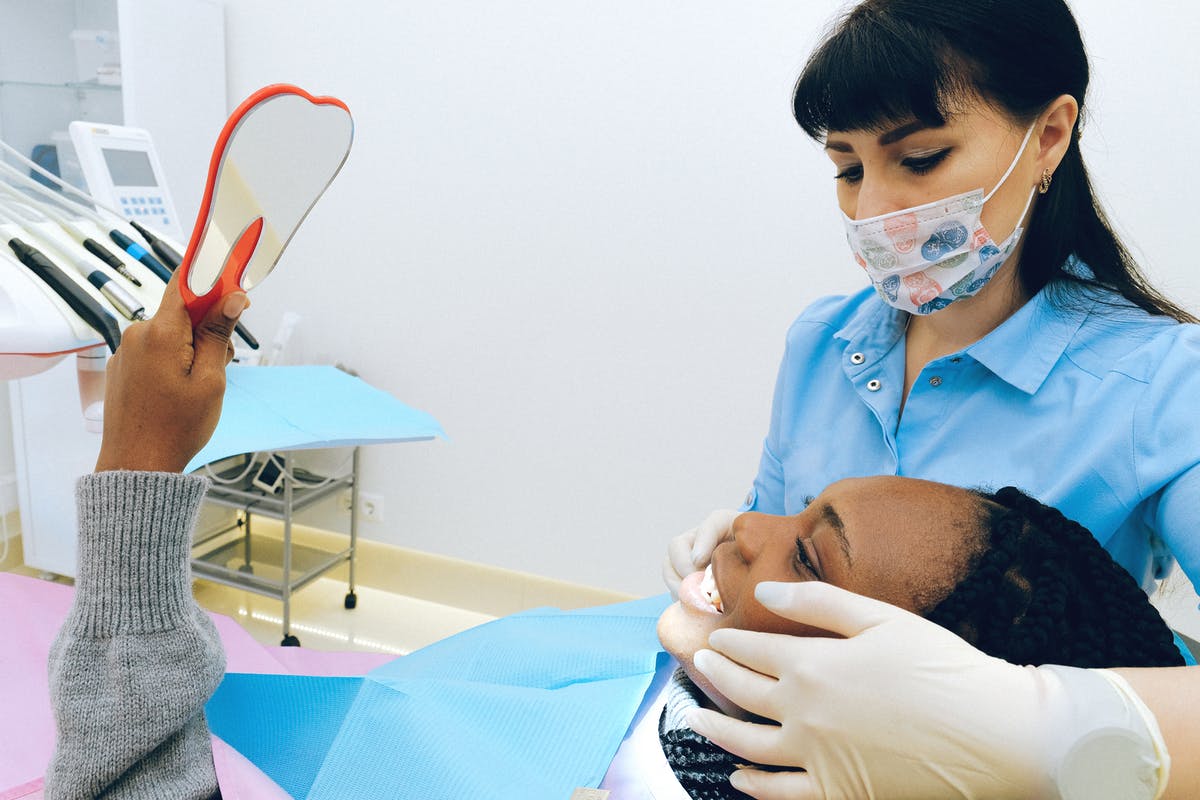It can happen in a split second—a broken tooth from a sports accident, a throbbing toothache that keeps you awake at night, or even a dental crown or filling that falls unexpectedly. Dental emergencies are not only painful, but they can be stressful too. Knowing what to do and where to turn can make all the difference in these situations.
With the help of emergency dentistry, you can get the care you need quickly and effectively. In this article, we’ll explore the world of emergency dentistry, discussing what it is, when you might need it, and your treatment options.
What is Emergency Dentistry?
Emergency dentistry is a branch of dental healthcare that specifically addresses urgent dental problems. It aims to alleviate pain and discomfort and preserve the health of your teeth and gums in emergencies. Emergency dental clinics are typically open outside of regular business hours and offer same-day appointments to accommodate patients needing immediate treatment.
Cosmetic Dentist: More Than Just a Pretty Smile
Cosmetic dentistry is often considered just for aesthetic purposes but can also play an important role in emergency dental care. For example, a chipped or broken tooth might be more than just unsightly; it could also cause pain or difficulty eating. In such cases, a cosmetic dentist can repair the damage and restore the tooth’s function while making it look new. To learn more about cosmetic dentistry and how it can help in emergencies, consult your dental professional.
Dental Implants: A Permanent Solution
In some cases, a dental emergency might result in tooth loss. With today’s advancements in dentistry, such as Atglen Family Dentistry, dental implants provide a permanent solution that closely resembles the look, feel, and function of your natural teeth. This is particularly beneficial in emergencies, as a missing tooth can lead to further oral health issues if left untreated.
When Do You Need Emergency Dental Care?
Sometimes it can be difficult to determine if you’re experiencing a dental emergency. Here are some common signs that you should seek emergency dental treatment:
- Severe toothache that doesn’t improve with over-the-counter pain medication
- Swelling, redness, or discharge around a tooth or gum
- A knocked-out or lost adult tooth
- Broken or chipped teeth, especially if they’re accompanied by pain
- Lost or damaged dental work, such as crowns, fillings, or bridges
- Facial trauma that results in dental injury or bleeding. You can also read more here to learn more.
Emergency Dental Treatment Options
The treatment you receive for a dental emergency will depend on the type and severity of your issue. Some common emergency dental treatment options may include:
- Prescribing antibiotics for infections
- Treating an abscess
- Replacing a lost dental crown or filling
- Performing a root canal for severe toothaches
- Repairing chipped or broken teeth with bonding, veneers, or dental crowns
- Extracting a damaged or infected tooth
Preventing Dental Emergencies
While not all dental emergencies can be prevented, there are steps you can take to minimize your risk:
- Maintain good oral hygiene by brushing and flossing daily
- Visit your dentist regularly for check-ups and cleanings
- Wear a mouthguard when participating in sports or other activities that could result in a dental injury
- Avoid using your teeth as tools, such as to open packages or bottles
Conclusion
Dental emergencies can be both painful and stressful, but knowing when to seek treatment and what options are available to you can make the situation more manageable. Whether you require the expertise of a cosmetic dentist, the permanent solution offered by dental implants, or other emergency dental treatments, knowing where to turn can help you get the care you need quickly and effectively. Don’t let a dental emergency catch you off guard—be prepared and keep your smile healthy and bright.


